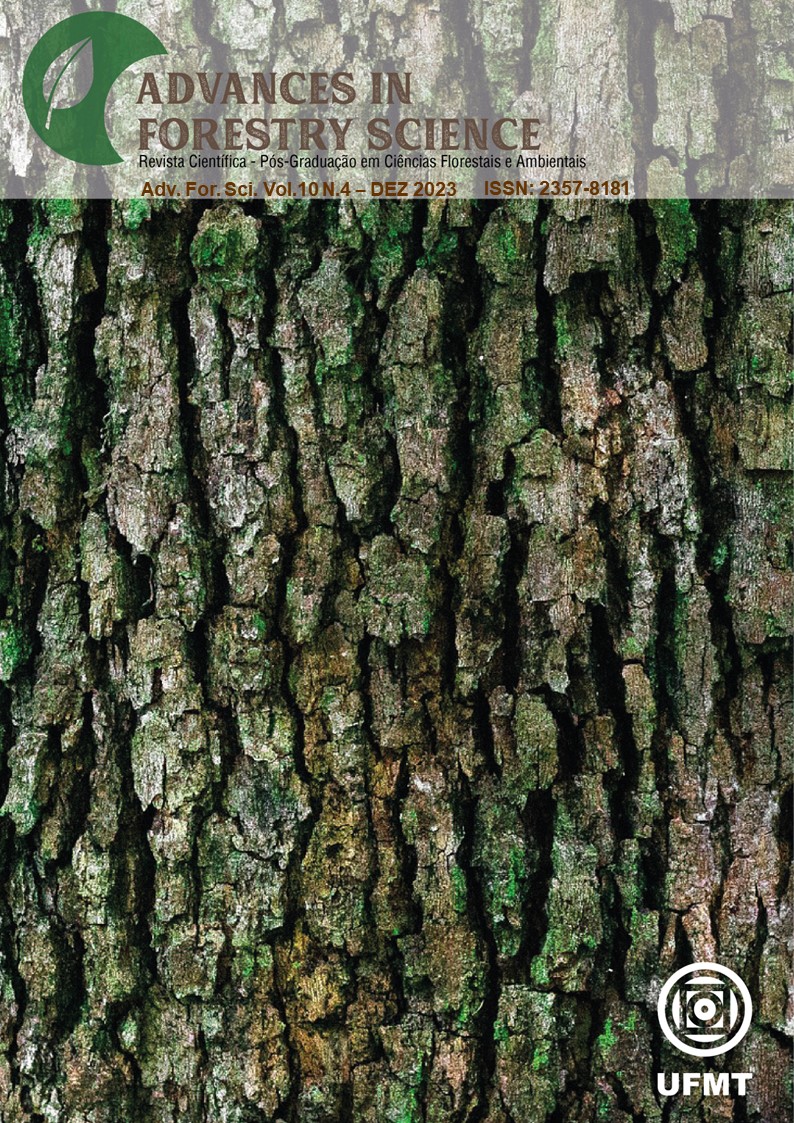Efficiency of the use of biostimulants for the production of Ipê-roxo seedlings (Handroanthus impetiginosus Mart.)
DOI:
https://doi.org/10.34062/afs.v10i4.15431Abstract
Handroanthus impetiginosus Mart., commonly known as “ipê-roxo”, is a native forest species of the Amazon with multiple functionalities; hence, strategies that can optimize seedling production of this species are indispensable, such as the use of growth-promoting biostimulants. Therefore, the objective of this study was to evaluate the growth of H. impetiginosus seedlings after inoculation with growth-promoting microorganisms. Four treatments were tested, three with microorganism inoculation (R46 = Burkholderia pyrrocinia; R92 = Bacillus subtilis; and MIX = four isolates of Trichoderma asperellum) and one without inoculation, considered as a control (CTL). Inoculation took place 14 days after germination, and measurements of the evaluated parameters occurred after 60 days. For height, stem diameter, and Dickson's Quality Index, only treatments R92 and MIX were superior to CTL. Chlorophyll content did not differ among treatments. Cluster analysis revealed similarity between R92 and MIX. Microorganism inoculation resulted in an increase in root fresh mass. We believe that the antimicrobial properties of the forest species may have inhibited the effects of R46, whereas for R92, benefits could be observed because H. impetiginosus releases exudates that attract the bacterium. The positive and relevant effects of MIX can be explained by the fungus's ability to produce indole-3-acetic acid. Thus, this study highlighted the efficiency of biostimulants for the production of H. impetiginosus seedlings, and the use of B. subtilis and T. asperellum is recommended as a strategy to enhance the practice.
Downloads
Downloads
Published
Issue
Section
License
All copyright must be assigned to the Federal University of Mato Grosso.

